For programmers, a keyboard isn't just an input tool; it's a productivity companion they spend over eight hours a day with. A keyboard tailored to programming scenarios can significantly reduce fatigue, improve code input efficiency, and even indirectly impact the fluency of their thinking.
However, there's no single answer to the question of "the best keyboard for programming." It's a highly personal question, determined by your workflow, physical needs, and personal preferences. But don't worry, this article will analyze all the key factors and guide you toward finding your ultimate keyboard.
Mechanical vs. Membrane: Which Is Better for Coding?
Mechanical and membrane keyboards each have their pros and cons, and which is "better" largely depends on your personal preference, work environment, budget, and specific needs.
Quick Comparison for Mechanical and Membrane Keyboards
| Feature | Mechanical Keyboard | Membrane Keyboard |
| Feel & Feedback | Crisp, consistent, and multiple switch options. | Soft, mushy; unclear actuation. |
| Durability | 50–100M keystrokes. | 5–10M keystrokes. |
| Speed & Accuracy | Higher; tactile feedback reduces errors. | Lower; prone to fatigue and mistakes. |
| Noise | Often loud; quiet switch options available. | Very quiet, office-friendly. |
| Price | Entry-level €50–€100, mid-to-high-end €100–€250, custom builds $500+. | Affordable. Decent office models available for€18–€45 |
| Customization | Highly customizable | Minimal |
| Portability | Heavy, bulky | Light, slim |
Mechanical keyboards provide clear feedback to help programmers accurately perceive key triggering and reduce accidental touches. And it is easy to change different switches to choose the one that suits you best for the hot-swappable keyboards.
Membrane keyboards are quiet for offices and public scenarios, and they can be easy to carry on. Also, the membrane keyboards will be cheaper than the mechanical keyboards.
Which Layout Is Best for Programming?
For programming, there is no best keyboard layout. Different preferences give different choices.
For most programmers, a TKL layout and a 75% layout can be a good choice because they can offer the best balance between functionality and space. For those who are seeking the maximum desktop space and minimalism, choosing 65% and 60% can be great. For those who make extensive use of function keys and number keys, choosing an 1800 compact or 100% layout keyboard can be great.
Quick Comparison for the different layouts
| Layout | Keys | Pros | Cons | Best For |
|---|---|---|---|---|
| Full-size (104/105) | 104–105 | All keys, including numpad and function keys; no key combos needed | Large footprint; more arm movement | Devs who use spreadsheets, numbers, or need all F-keys |
| Tenkeyless (TKL, 87) | 87 | Compact; retains arrows & function keys; easier mouse reach | No dedicated numpad | Most programmers who want comfort without numpad |
| 1800 Compact / 96% (~98–100) | 98–100 | Retains numpad, arrows, function keys in a tight layout; saves desk space | Slightly more cramped than full-size; learning curve for combined keys | Developers who need numpad but want a smaller footprint |
| 75% (~84) | 84 | Compact with arrows; saves desk space; portable | Some keys on Fn layer; learning curve | Coders needing arrow keys & F-keys in a smaller size |
| 65% (~67–68) | 67–68 | Very compact; keeps arrows; portable; ergonomic | F-keys & nav keys under Fn; slight learning curve | Laptop setups, small desks, or portable coding |
| 60% (~61) | 61 | Extremely compact; minimalist; portable | No dedicated arrows/F-keys; steeper learning curve | Experienced coders who memorize Fn layers |
| Ergonomic (Alice, split, tented) | Varies | Reduces wrist strain; customizable; comfortable for long sessions | Non-standard layout; may require adaptation; cost | Coders with wrist issues or who code long hours |
The 100% layout keyboard includes a dedicated number pad, arrow keys, and function keys. The 1800 compact keyboard is essentially a full-size keyboard compressed into a smaller footprint. Suit for developers who frequently use numbers, Excel, or need function keys often.
The TKL layout keyboard removes the number pad, saving desk space,and keeps all letters, numbers (top row), and arrow keys. Suit for programmers who don’t need a number pad daily but want full typing comfort.
The 75% layout is compact yet keeps arrow keys and essential navigation keys. Suit for programmers who want a compact keyboard but still need arrow keys and some navigation keys.
The 65% layout is very compact and keeps arrow keys. The 60% layout is extremely compact and portable. No dedicated arrow keys, F-keys, or navigation keys. Suit for experienced programmers who value portability and are comfortable with function layers.
The ergonomic layouts, just like Alice, Split can provide comfort for programmers looking for long-term ergonomics.
Related Article: Ultimate Keyboard Sizes & Layouts Guide for Buyers
Which Switch Is Best for Programming?
The best switch for programming depends on the typing style, noise tolerance, and how long the programmer codes each day.
Quick Comparison for Switch Type
| Switch Type | Feel | Pros for Programming | Cons |
|---|---|---|---|
| Tactile | Noticeable bump at actuation point | Gives feedback without bottoming out; reduces typing fatigue; accurate typing | Slightly noisy; may feel slower for some fast typists |
| Linear | Smooth, no bump | Smooth keystrokes; fast for rapid typing | No tactile feedback can lead to accidental presses; may cause fatigue if bottoming out |
| Clicky | Bump + audible click | Satisfying typing feedback; precise actuation | Loud; can annoy coworkers; long-term noise fatigue |
Linear switches provide smooth keystrokes, suitable for scenes that require long-term continuous typing of codes, with less burden on fingers and easy-to-reach high speed. However, it can cause fatigue if bottomed out frequently.
Tactile switches provide clear tactile feedback, effectively reducing false touches and improving the rhythm of coding.
Clicky switches provide a noticeable sound profile with the tactile typing feedback, ideal for home use where noise isn’t a concern.
Related Article: Linear VS Tactile VS Clicky Switches: Find the Best One for You!

Wired vs. Wireless: Which Is Best for Programming?
Wired and wireless is the key trade-offs lies between a smooth workflow and a clutter-free desktop.
Quick Comparison of the Wired and Wireless Keyboards
| Factor | Wired | Wireless |
|---|---|---|
| Latency / Responsiveness | Excellent | Usually excellent, some low-end models may lag |
| Desk setup | Less flexible, cable management needed | Flexible, clean desk |
| Portability | Limited | Highly portable, multi-device support |
| Maintenance | Minimal | Requires charging/replacing batteries |
| Price | Usually cheaper | Slightly higher cost |
A wired connection eliminates concerns about battery life, signal interference, or wake-up delays. It’s a seamless choice for long, intensive coding sessions, keeping your focus entirely on the code.
A wireless keyboard clears away cable clutter, giving your desk a clean, relaxed look. With the freedom to adjust its position and angle, you can type comfortably anywhere—even while debugging on the couch.
The best choice is the tri-mode keyboard, which provides maximum flexibility, allowing you to freely choose the most suitable connection method according to different scenarios.
What Functions Should a Keyboard Have for Programming?
Programmable/ VIA QMK Support
The keyboard supports remapping keys or creating macros, which can save time on repetitive coding tasks. You can insert code snippets instantly and run Git commands with one key.
Software like VIA, QMK, or Akko cloud driver allows assigning shortcuts directly to keys.
Hot Swappable
Hot-swappable keys make it easy to change switches without soldering. You can easily change the switches to get a different typing experience.
Backlit
With adjustable backlight brightness, you can work comfortably in dim environments. The illumination makes key positions clear, reducing the need to glance down while typing.
Long-lasting Battery Life
For the wireless keyboard, a long-lasting battery life ensures a stable typing experience, and you don't worry about the charging time.
System Compatibility
If you need to switch between Windows and MacOS, a physical switch can quickly adapt to the position of the Command/Option key, which is very convenient.
Akko Best Keyboards for Programming in 2025
Mineral 02 VIA Custom Mechanical Keyboard
If you're looking for a keyboard that meets almost every need, the Akko Mineral 02 VIA is a strong choice.
- Its 1800 Compact layout keeps the numpad and navigation keys while saving space.
- With USB-C, 2.4GHz, and Bluetooth, it adapts to desktops or laptops.
- VIA programming and hot-swappable switches let you customize layout and feel.
- The aluminum shell, gasket mount, and PORON foam improve comfort and acoustics.
- Side corner light and programmable RGB light make the keyboard charming.
Though slightly larger and heavier, and wireless responsiveness may dip in extreme cases, it remains a well-balanced choice for most coding workflows.

Black & Gold TAC87 Mechanical Keyboard
If you're looking for a good balance between performance, aesthetics, and convenience, the Akko TAC87 is a model worth considering.
- 80%/TKL layout maintains most commonly used keys (letter row, function keys, arrow keys, etc.) while being more compact than a full-size keyboard.
- Multiple connection methods (USB-C wired, 2.4GHz wireless, and Bluetooth), making it ideal for switching devices or working on the go.
- Large 10,000mAh battery gives you the confidence to use it wirelessly for extended periods.
- Gasket construction provides a soft and comfortable typing experience, and its hot-swappable switches allow you to experiment with different feel options.
- Akko's Cilantro tactile switches and Mirror linear switches offer options to suit different programmer preferences.
The only caveats are that the lack of a numeric keypad might be noticeable if you frequently use the numeric keypad, and there's also a slight increase in latency when using Bluetooth. However, if typing feel, design, and connectivity are key, this keyboard ticks all the boxes.

Mineral 01 VIA Custom Mechanical Keyboard
If you need a highly customizable keyboard that's comfortable and portable, Akko's Mineral 01 VIA is a strong option.
- 75% layout keyboard retains nearly all the essential keys (function keys, arrow keys, number row, etc.) while being more compact than full TKL or 100% keyboards.
- Supports VIA key remapping, and hot-swappable switches allow you to switch between linear switches based on feel and typing style.
- Triple-mode connectivity (USB-C, 2.4GHz, and Bluetooth) makes switching between devices easy.
- An 8000mAh battery ensures long-lasting wireless use.
- Combined with a CNC-machined aluminum alloy chassis, gasket mount, and shock-absorbing foam construction, it provides comfort and durability for extended coding sessions and extensive symbol/shortcut typing.
Overall, it is a keyboard that is worth buying for programmers who pursue performance + customizability + a neat and comfortable desktop experience.

Akko Year of Snake
If you're looking for both design and ergonomics, the limited-edition Year of Snake Alice keyboard is a truly unique choice.
- The Alice layout with a tilted mechanism, improving wrist and forearm posture, making it ideal for programmers who code for extended periods and frequently use key combinations.
- It supports multiple connection modes (USB-C, 2.4GHz, and Bluetooth) and comes with a large 8000mAh battery for long-lasting wireless use.
- The spring-mount construction with replaceable springs allows you to adjust the keyboard's firmness.
- Hot-swappable switches support 3- and 5-pin configurations for easy customization.
- Cherry profile PBT keycaps, a double-shot font, and an aluminum alloy body add durability and a premium feel.
Note that it's a bit bulky and heavy, with slightly slower response in Bluetooth mode and a higher price tag. However, if you value typing comfort and detailed craftsmanship, this keyboard offers a nearly perfect blend of artistry and practicality.

FAQs from Developers
Do I need a 100% keyboard for coding?
A 100% full-size keyboard is not necessary for programming. For most programmers, the TKL and 75% layout is the primary choice.
When programming, you need to enter symbols and letters, not consecutive numbers. Even if you need to enter numbers (such as defining variables), the number keys above the keyboard are fully sufficient.
Can I use a 60% keyboard for programming?
A 60% keyboard works for programming, keeps your desk tidy, and often supports key mapping, letting you customize it to your needs.
However, you lose the Function keys (F1-F12), numeric keypad, arrow keys, and editing keypad. All of these functions are achieved by combination keys.
If you’re new to a 60% keyboard, the first week or two can be frustrating as you hunt for arrow keys or hit the wrong F keys—patience and practice are key.
Is QWERTY better for coding?
For most programmers, QWERTY works fine, but it isn’t the optimal layout for coding.
If you're looking for the ultimate in ergonomics and typing efficiency, consider Colemak, Workman, or you can use a VIA keyboard to customize the layout to your needs.
In fact, the vast majority of people stick with QWERTY. Learning a new programming language, framework, or tool yields significantly more value for your time and efforts than learning a new keyboard layout. Its compatibility benefit is incomparable.


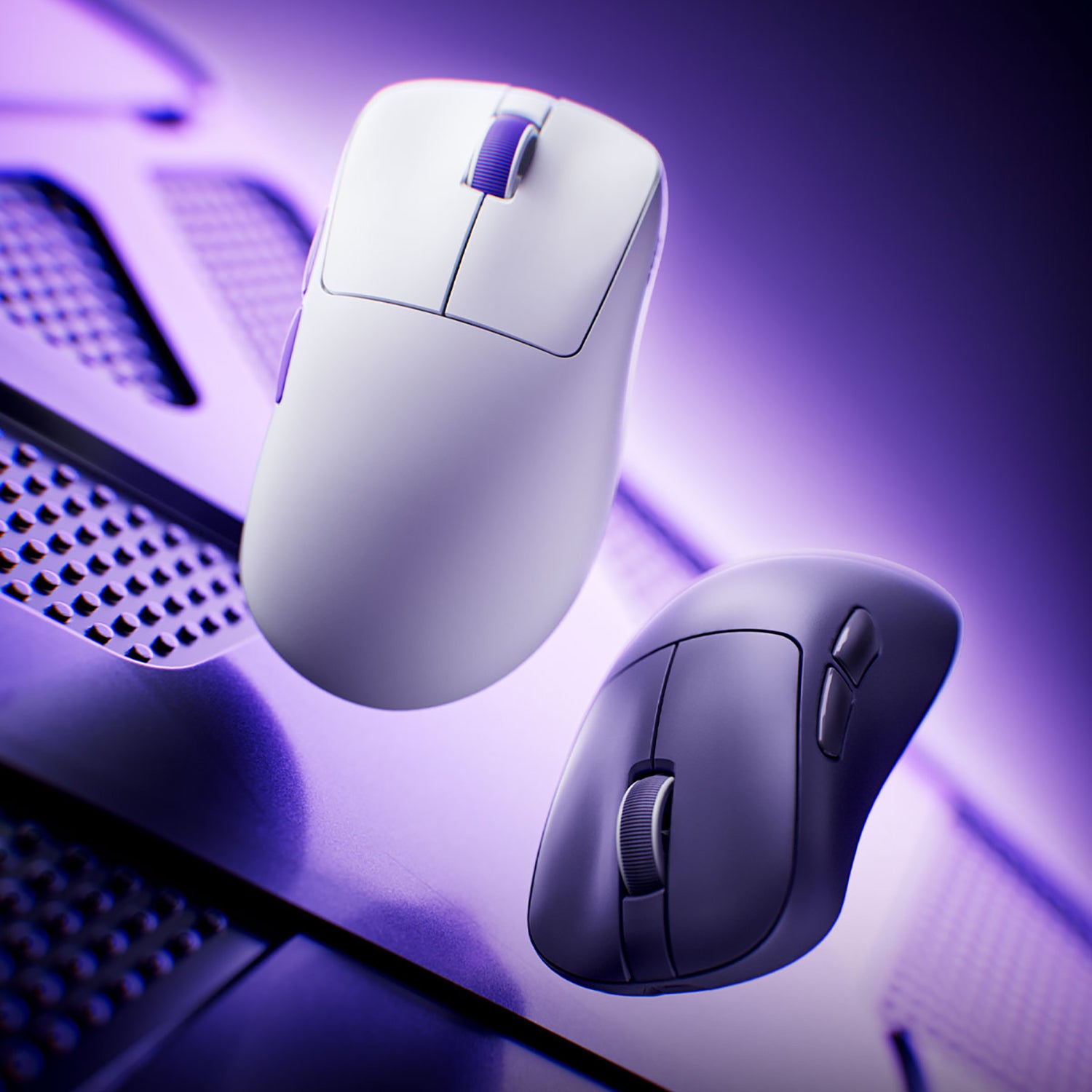
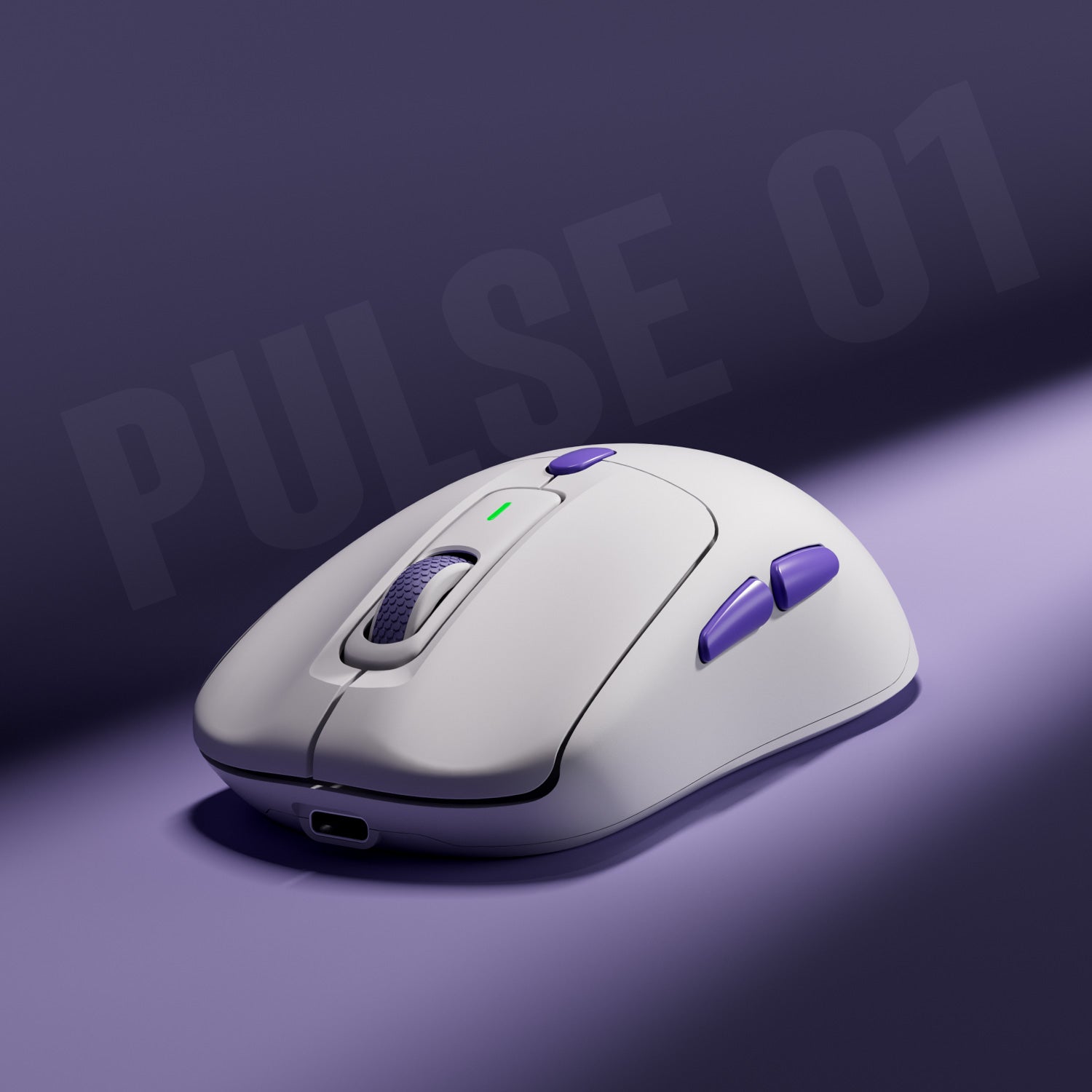
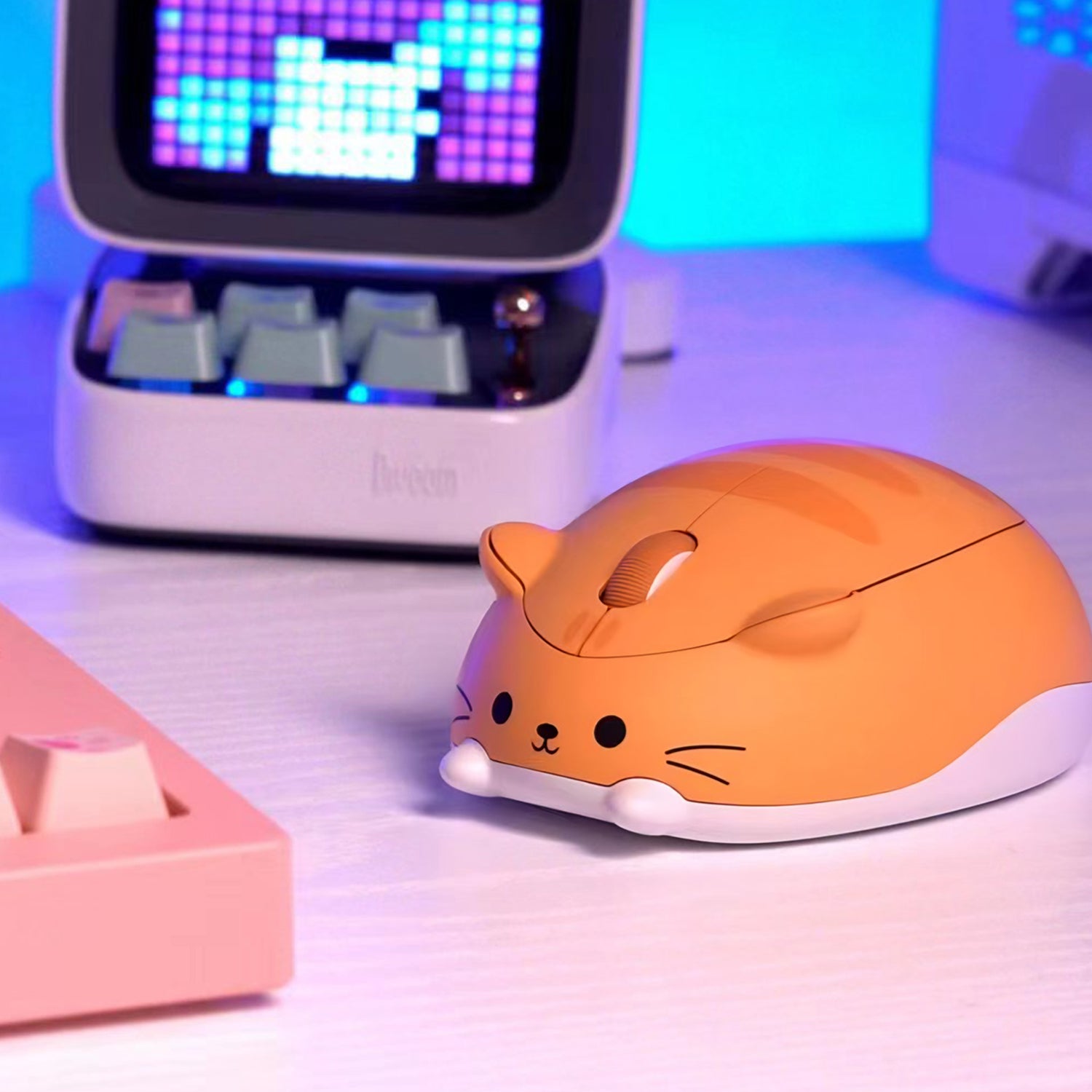

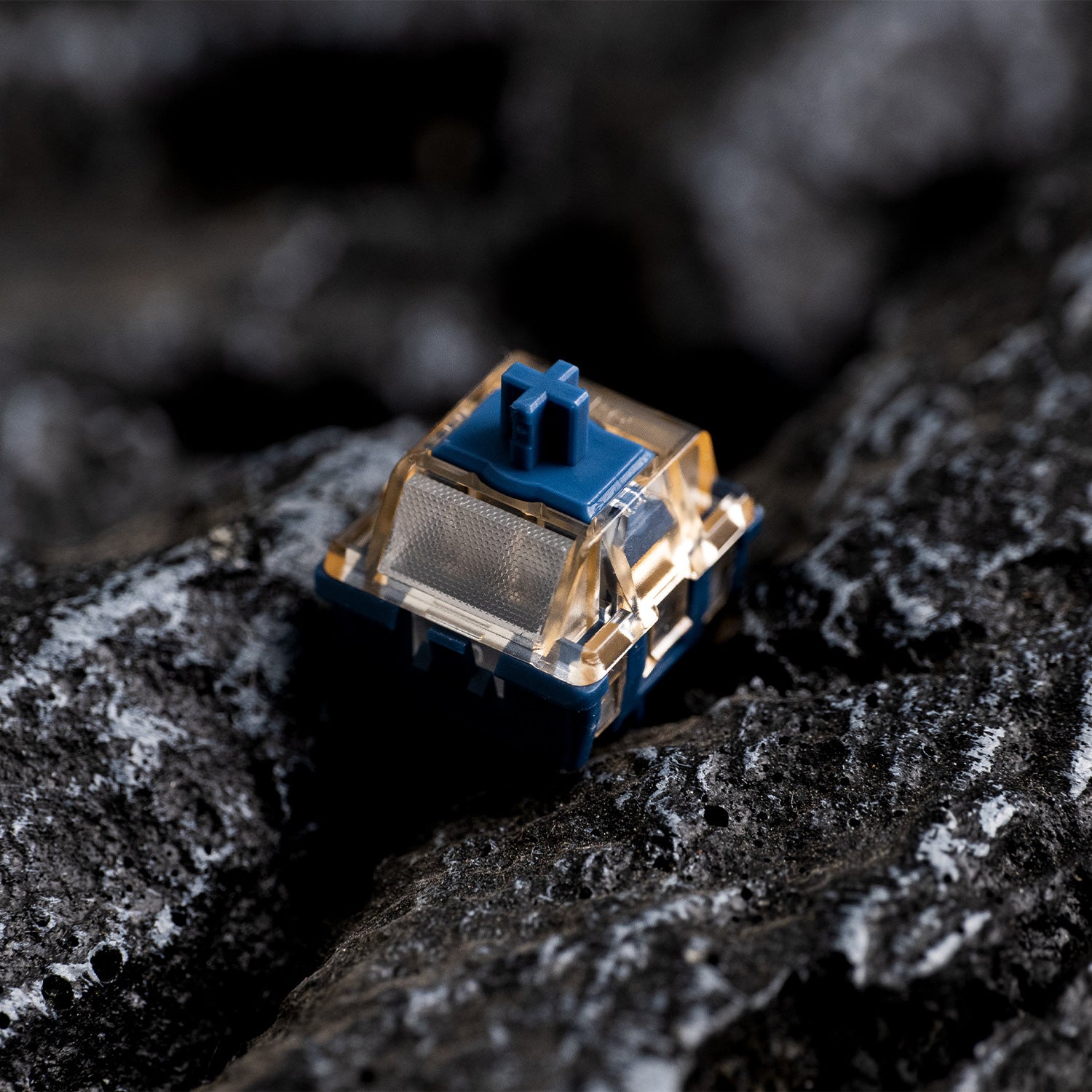

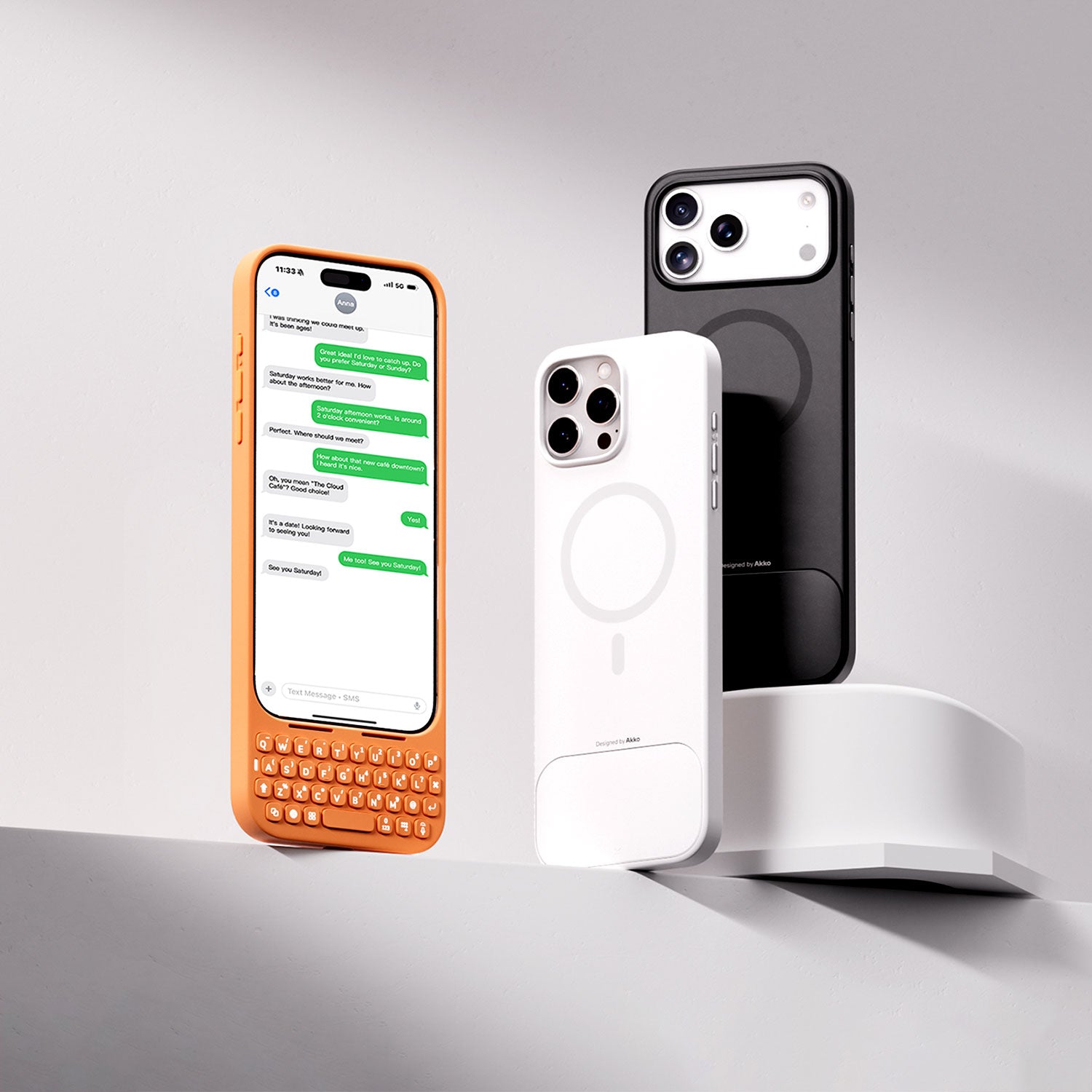

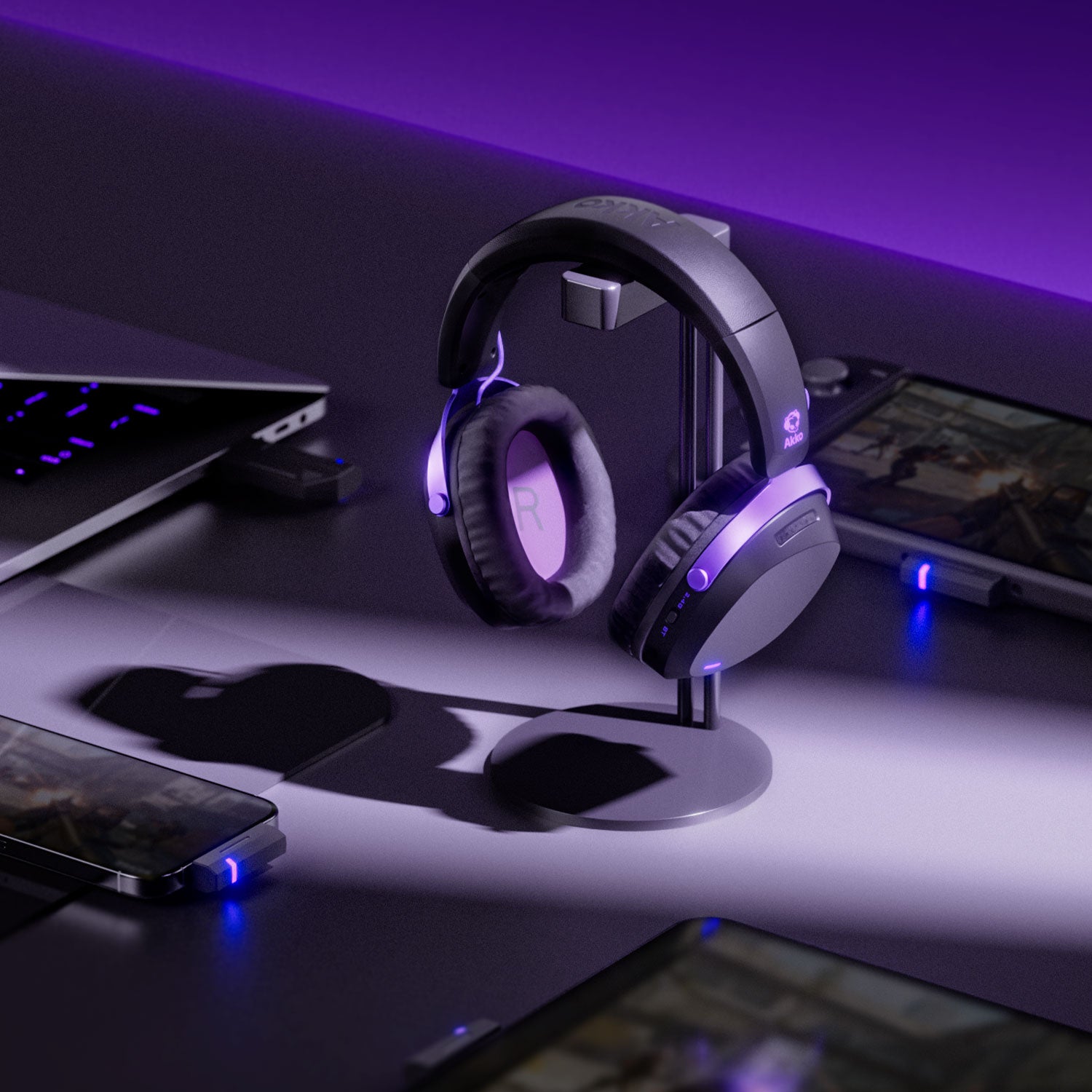
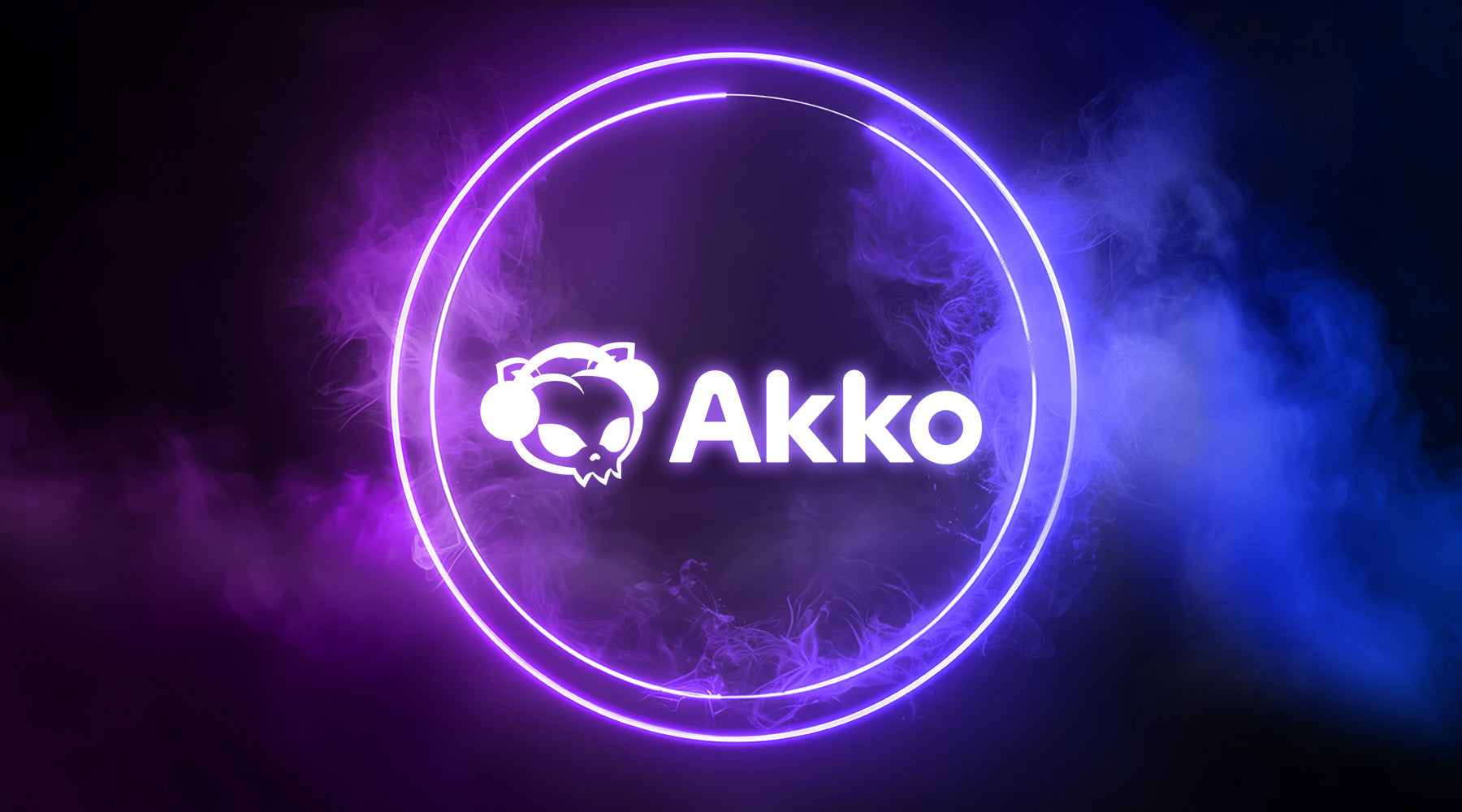
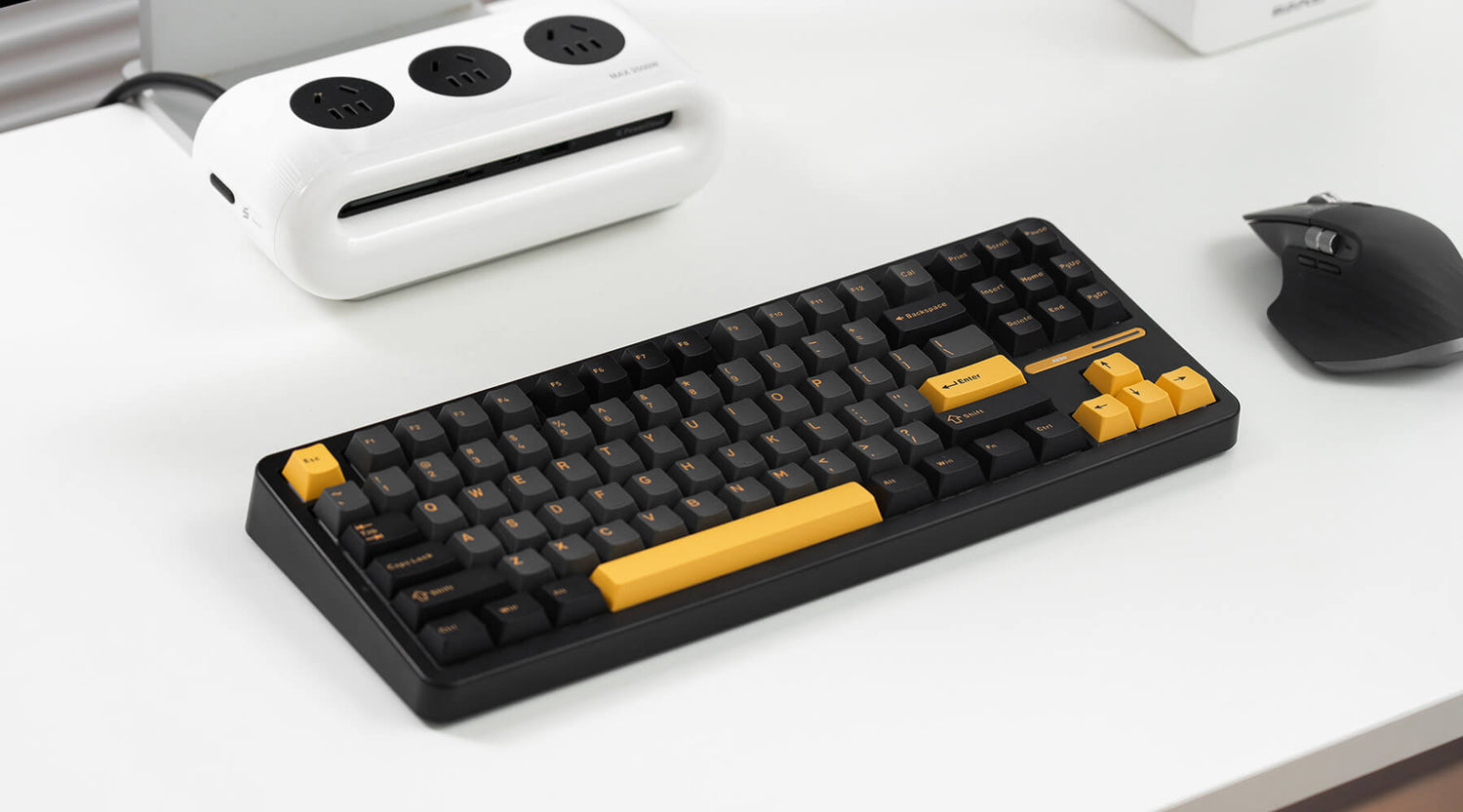
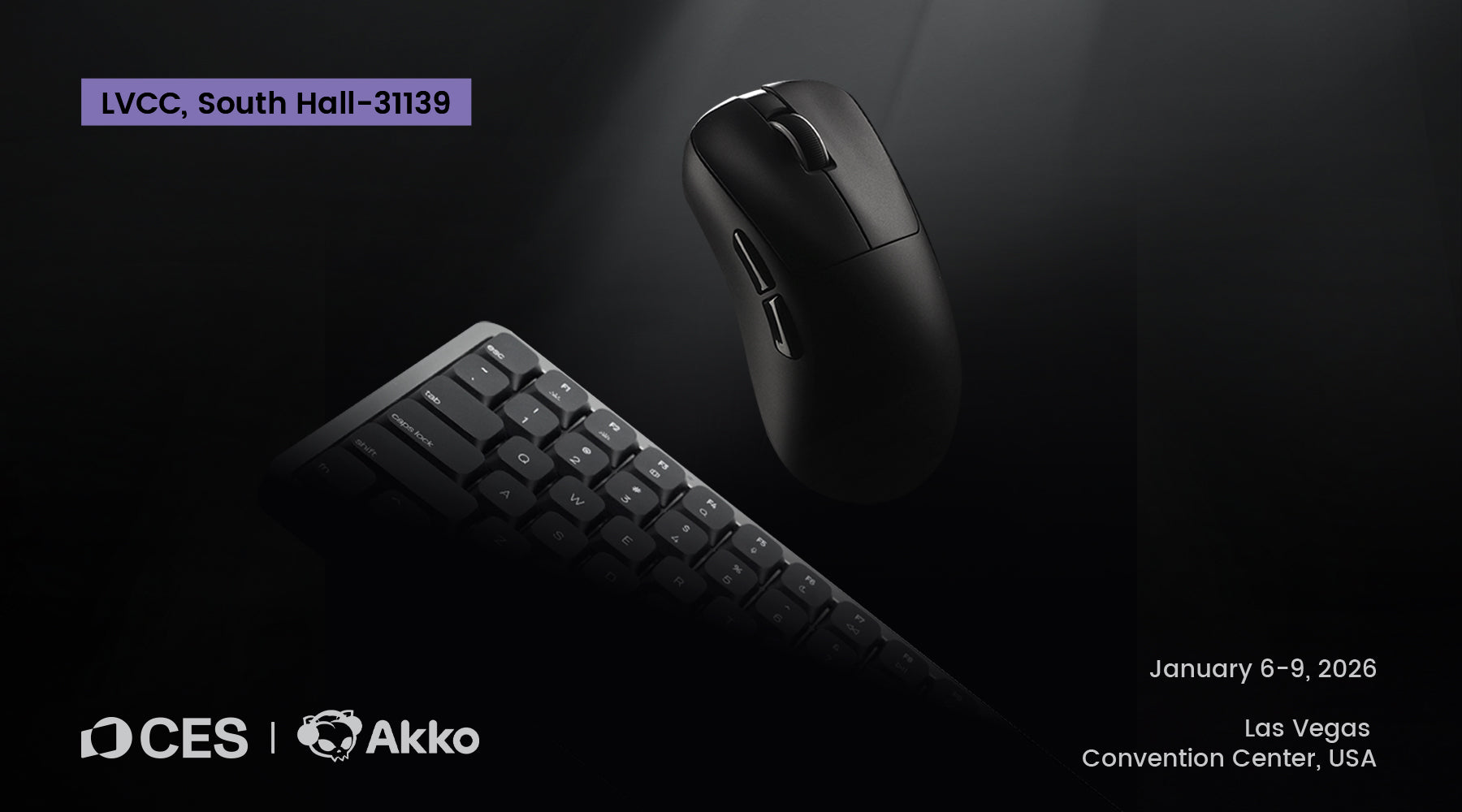
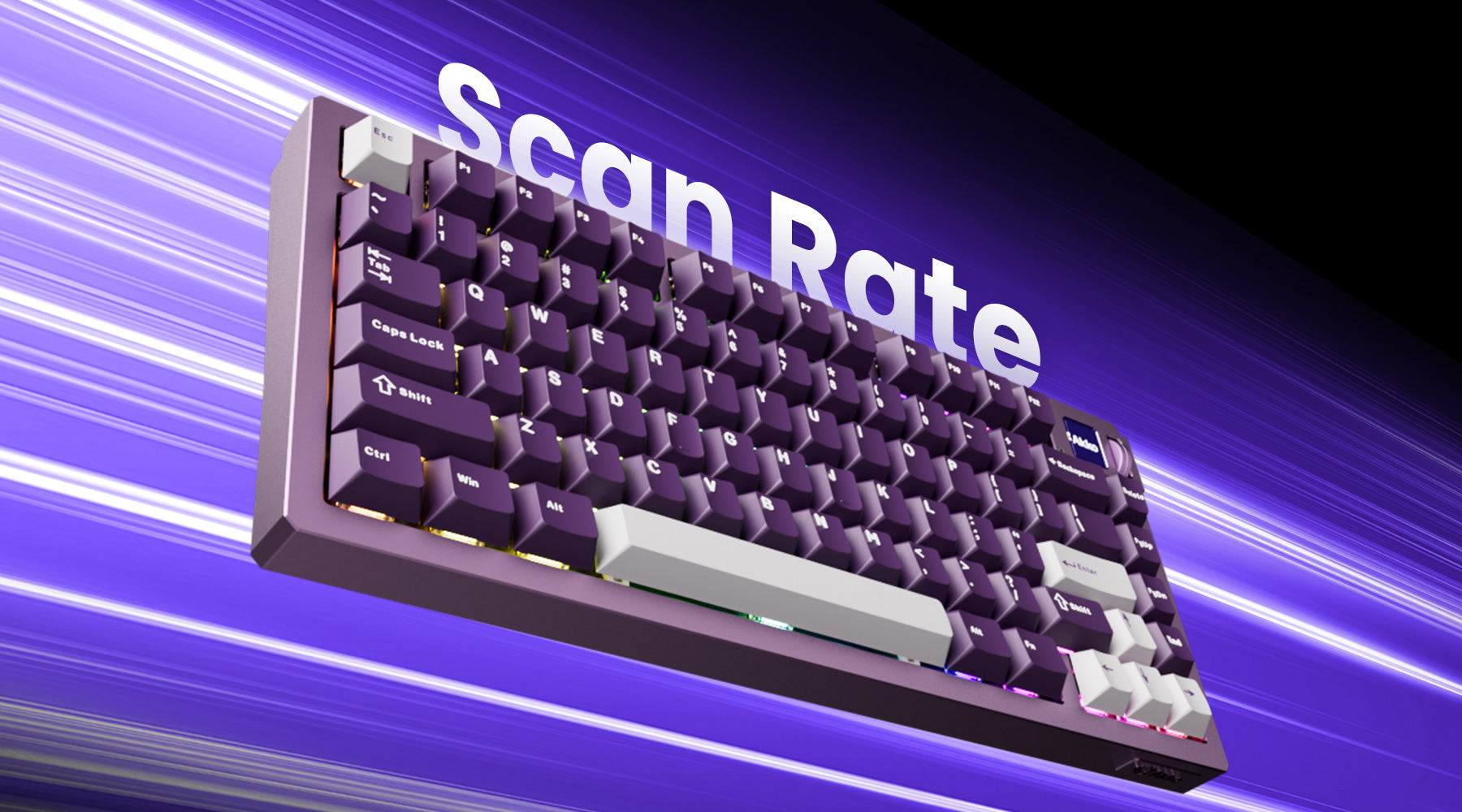
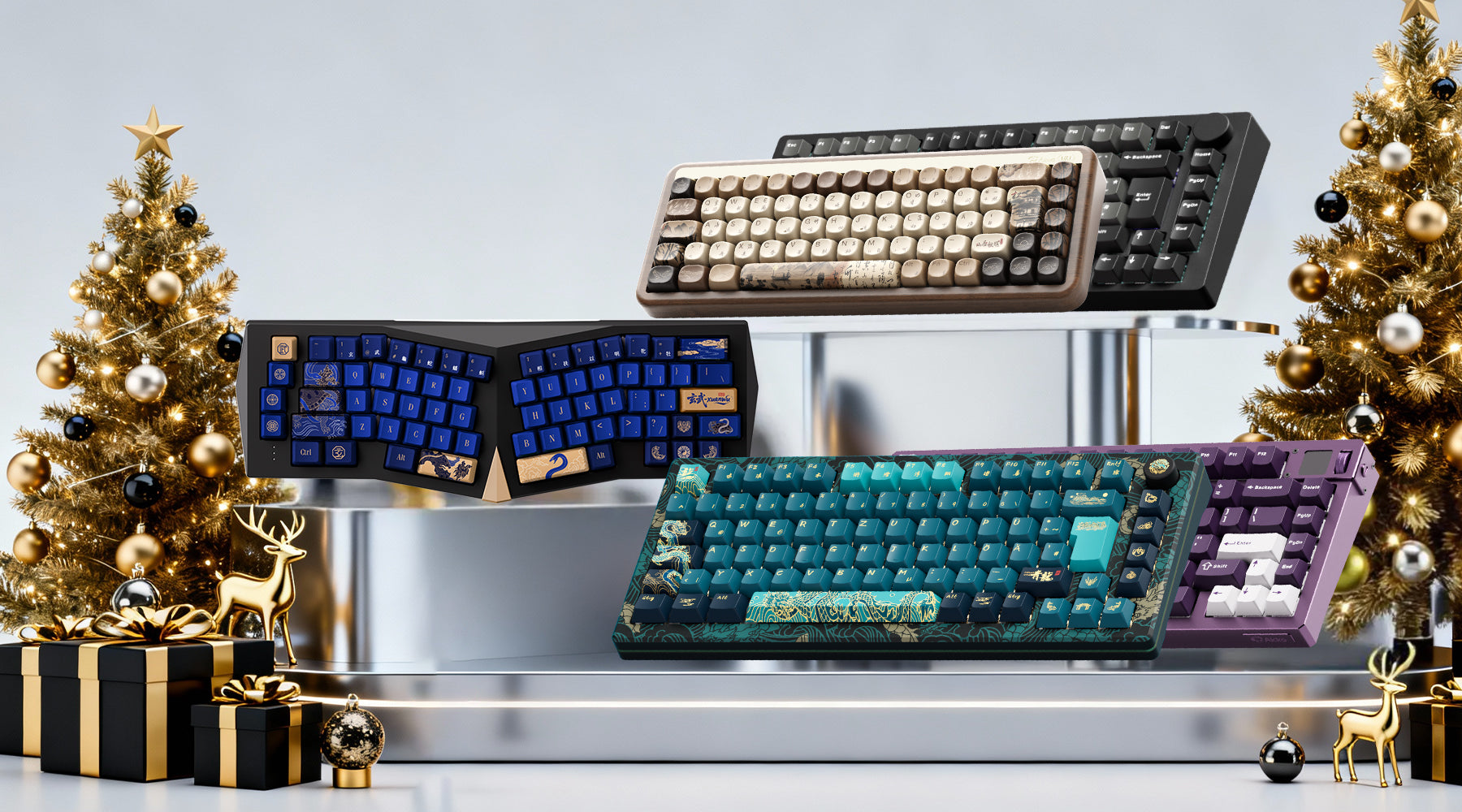
Commenta
Nota che i commenti devono essere approvati prima di essere pubblicati.
Questo sito è protetto da hCaptcha e applica le Norme sulla privacy e i Termini di servizio di hCaptcha.